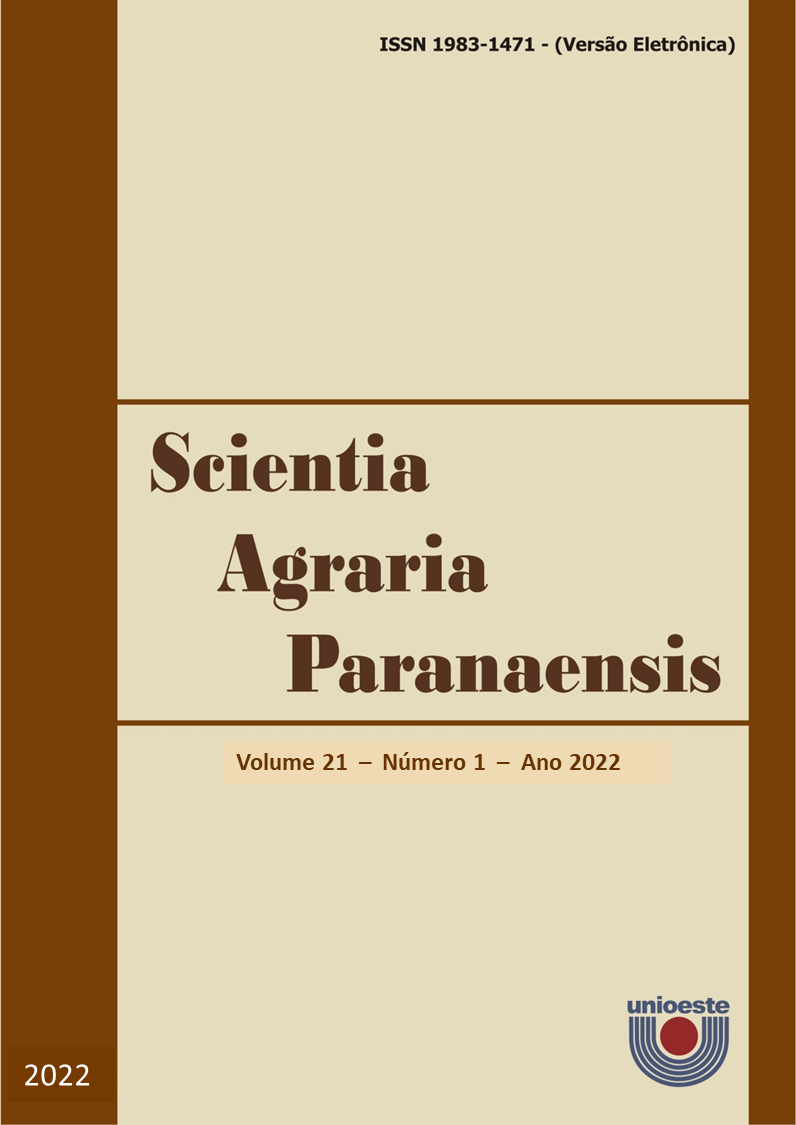Fruit culture growth in Northeast Brazil and its relationship with work
DOI:
https://doi.org/10.18188/sap.v21i1.28883Resumo
Fruit growing in Brazil enhances regional development, as it generates income and absorbs local labor. The Brazilian Northeast presents ideal edaphoclimatic conditions for the development of several fruit trees, mainly in irrigated areas. The objective was to analyze the educational level and the relationship between the wages of men and women employed in the fruit sector, in the Northeast region of Brazil. The selected crops were those of coconut, mango and grape, between the years 2001 to 2018; literacy rate and level of education in Brazil and the northeast region, the relationship between male and female genders, percentage of women in formal jobs in the years 2004 to 2015 and average monthly income in Brazil and the Northeast region and male and female genders in the years 2012 to 2015. There was a reduction in the area cultivated with coconut, however there was no increase in the area for mango and grape crops. Regarding the harvested area, the coconut crop showed a larger cultivated area, however, this area has been gradually reduced. In mango and grape crops, no variations were detected in the harvested areas. As for the average production, the grape crop has higher productivity. In the percentage of formal jobs, literacy and level of education of women, both nationally and regionally, there was a linear growth and higher than those of men. It is concluded that between men and women in the Northeast region, the salary difference was R$ 354.00, even with women with a higher educational level.
Downloads
Publicado
Como Citar
Edição
Seção
Licença
Aviso de Direito Autoral Creative Commons
Política para Periódicos de Acesso Livre
Autores que publicam nesta revista concordam com os seguintes termos:
1. Autores mantém os direitos autorais e concedem à revista o direito de primeira publicação, com o trabalho simultaneamente licenciado sob a Licença Creative Commons Attribution que permite o compartilhamento do trabalho com reconhecimento da autoria e publicação inicial nesta revista.2. Autores têm autorização para assumir contratos adicionais separadamente, para distribuição não-exclusiva da versão do trabalho publicada nesta revista (ex.: publicar em repositório institucional ou como capítulo de livro), com reconhecimento de autoria e publicação inicial nesta revista.
3. Autores têm permissão e são estimulados a publicar e distribuir seu trabalho online (ex.: em repositórios institucionais ou na sua página pessoal) a qualquer ponto antes ou durante o processo editorial, já que isso pode gerar alterações produtivas, bem como aumentar o impacto e a citação do trabalho publicado (Veja O Efeito do Acesso Livre).
Licença Creative Commons
Esta obra está licenciada com uma Licença Creative Commons Atribuição-NãoComercial-CompartilhaIgual 4.0 Internacional, o que permite compartilhar, copiar, distribuir, exibir, reproduzir, a totalidade ou partes desde que não tenha objetivo comercial e sejam citados os autores e a fonte.


